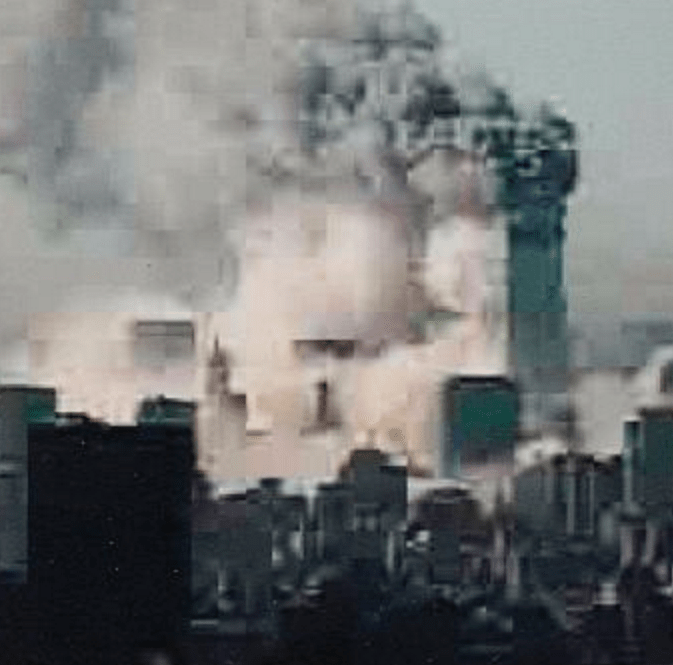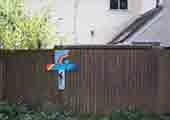From that moment onwards: Project 3 Surface & depth
Read the reviews by Campany and Colberg and, if you haven’t already done so, use them to begin the Research section of your learning log. Try to pick out the key points made by each writer. Write about 300 words.
If you wish, you could add a screengrab of an image from Ruff’s jpeg series, and one or two of your own compressed jpegs (taken on auto mode of course). You can achieve the effect quite easily by re-sizing a photograph to say, 180 x 270 pixels, and saving at ‘zero quality’ compression. If you use Photoshop’s ‘save for web’ you can see the effect immediately without having to save, close and reopen the file.

The reviews of Joerg Colberg and David Campany express different views on the work ‘jpegs’ by Thomas Ruff.
Despite these differences, it is clear that both acknowledge the extent Ruffs work has pushed the limits of photography.
Colberg starts off by suggesting that adherents of photographic orthodoxy my not consider his work actual photography and its more important to consider what his work does. He goes on to comment on the impact of medium on the work saying ‘Ruff’s jpegs work amazingly well in book form’ and better than ‘seeing them as gigantic prints in the Zwirner gallery setting’.
Like Company (though not as conflicted) Colberg seems at unease with the concept behind jpegs and states ‘the concept itself seems to rely a bit too much on the technique itself’ but praises his willingness to push the boundaries of photography before concluding that maybe the medium is the message.
Company’s review seems somewhat conflicted and he uses antonyms to describe the work- ‘familiar and estranged’ ,’ anonymous’ and ‘personal’ before digging deeper into the historical use of images, the concepts of archives and the source of Ruffs images-tyhe internet -the ‘archive of archives’.
Like Colberg, he discusses medium specificity in relation to pixels. He talks about the aesthetic of grain lending authenticity to reportage photography in the 30s,40s, and 50s and that Ruff has ‘done a great deal to introduce into photographic art what we might call the ‘art of the pixel’ ’ and although they don’t have that level of perceived authenticity or lend ‘a virtuous materiality’ that grain did (though that might change in the future), he sees pixels as ‘mechanic and repetitive’ and representing a ‘cold technological limit’.
He concludes that our response to the pixel is changing and ‘we can measure something of that in Ruffs jpegs’, which are images of ‘unpredictability, irrational, anarchic’ and the result is ‘a great tension and drama’.



